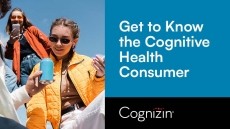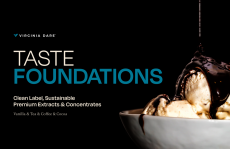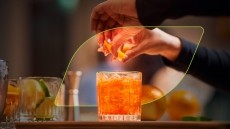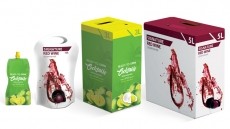EFSA lowers amaranth ADI and questions standards
Not to be confused with the healthy grain also called amaranth, the red azo-dye is known as E123 in Europe and is most commonly used in fish roe products and aperitif beverages. It has been banned in the United States since 1976, but the FAO/WHO previously set an ADI of 0-0.5 mg/kg bw/d; the European Scientific Committee for Food (SCF) set a higher ADI of 0.0.8 mg/kg bw/d.
EFSA has now lowered that ADI to 0.015 mg/kg/bw, a decision which is most likely to have an impact on manufacturers of red-coloured aperitif beverages.
The reassessment of the evidence was not promoted by the submission of a new dossier but the authority was asked to reevaluate all food additives previously approved for use in the EU. It prioritized azo dyes since a number of them (though not amaranth) were included in the notorious Southampton study which found a link between cocktails of certain food colourings and hyperactivity in children.
EFSA has decided to lower the ADI on the basis of several studies on the reproductive or developmental toxicity of the dye, and a 2-year rat study in renal calcification and hyperplasia. Other studies on genotoxicity, carcinogenicity and formation of sulphonated naphthylamines were not seen to raise big problems.
Although some of the reproductive and developmental toxicity had methodological issues, they did enable the setting of no-observed-adverse-effect-levels (NOAELs) for a number of species (mouse, rat, rabbit, cat and dog).
The 2-year rat study was used to establish the JECFA ADI, but EFSA’s panel deemed that the NOAEL determined, of 50mg/kg bw/d should really be the LOAEL - low observed-adverse-effect-level.
Based on the studies, EFSA’s panel judged that the starting point for determining an ADI should be 15mg/kg bw/d – and an uncertainty factor of 100 was applied to this, yielding the ADI of 0.15.
Implications
EFSA has calculated that the lower ADI should not be a problem for children, even in countries where fish roe is commonly consumed. Even in the highest percentiles children aged 4-14 years would consume around 30 times less than the ADI.
For adults however, it is a different story. The biggest drinkers of aperitif wines and cocktails, such as the Americanomade with dry vermouth and a red mixer, could exceed the ADI by as much as 6 per cent.
New specifications
EFSA’s panel also raised some concerns about specifications for the dye and the levels of materials not accounted for, which may have sodium chloride or sodium sulphate as the main uncoloured compounds.
The European Commission and JECFA differ in their specifications for lead levels – for JECFA it must be less than or equal to 2mg/kg, but for Europe less than or equal to 10 mg/kg.
Specifications for the maximum level of aluminium in the colour lakes may also be required, as the panel notes it could add to daily intake levels. A tolerable weekly intake of 1 mg/kg bw of aluminum has been established.
















